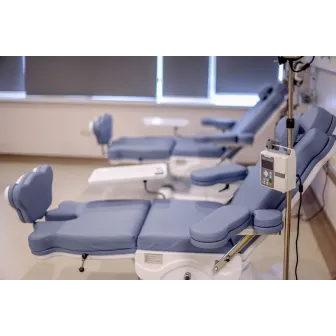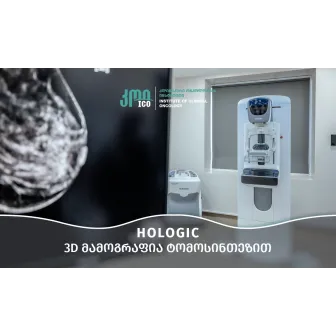The incidence of bladder cancer is progressively increasing in Western countries. In 75-85% of cases, the disease involves the mucosa (stage Ta-CIS) or submucosa (stage T1). In the remaining 15-25%, invasion into the muscle layer and regional lymph node involvement is observed (stage T2-4, N+).
The treatment of bladder cancer has become more complex from a urological perspective. It varies in examination methods, treatment, and monitoring.
- Transitional cell carcinoma (TCC) accounts for 90% of bladder cancer cases, with the remainder being squamous cell carcinoma or adenocarcinoma. Bladder cancer is classified as superficial (Tcis-Ta-T1) or infiltrating (T2-T3-T4), based on cystoscopy, transurethral resection, histopathological and instrumental examination methods.
- There are many etiological factors associated with bladder cancer, and the urologist should be aware of the existence of occupational exposures to urothelial carcinogens in this region. Aromatic amines were first recognized. The risk group includes people working in the following manufacturing industries: printing, iron mining, aluminum smelting, industrial painting, gas and tar production.
- One of the known risk factors is smoking. It is proven that smoking causes high mortality in bladder cancer incidence. The prognostic value of tobacco smoking is less than that of other risk factors, such as tumor stage, degree of differentiation, and multifocality. A greater proportion of patients with poorly differentiated tumors were smokers than those with less aggressive tumors.
- Detection of early symptoms of bladder cancer is important for better prognosis. The most frequent sign of bladder cancer is hematuria. However, hematuria degree does not correspond to the degree of the disease. It may be noticeable to the patient or simply detected by a routine urinalysis. Any degree of hematuria requires the exclusion of bladder cancer, even if there is another cause for the hematuria (stones, bacterial cystitis, kidney problems, etc.).
- Bladder cancer can be demonstrated by dysuria symptoms. Patients may complain of frequent urination, dysuria and urinary urgency. The presence of symptoms with or without hematuria in the setting of a negative bacterial culture makes it necessary to perform examinations, to rule out bladder cancer, including CIS.
- The tactic for asymptomatic microscopic hematuria is still unclear, except the patients above 30 years, who should be checked by the urologist. In patients above 50, having asymptomatic microscopic hematuria, bladder cancer is found in about 5% of cases, and in the case of symptomatic microscopic hematuria, in about 10%. Active screening of asymptomatic microhematuria is not recommended as the probability of detection of a tumor in patients doesn’t exceed 0.5% - a very low indicator to justify the reasonability of screening. However, screening for microscopic hematuria may be effective in high-risk patients and heavy smokers.
- The key method of urinary tract instrumental examination is ultrasound. Computed tomography can be used to evaluate invasive bladder cancer and enlarged lymph nodes in the pelvis/abdominal cavity. Routine bone scan is not necessary except in cases where alkaline phosphatase activity is elevated or the patient has symptoms of bone damage.
- Urine-positive cytology indicates a tumor source in the urinary tract. However, negative urine cytology does not exclude the presence of bladder cancer, which occurs in low-grade bladder tumors. Therefore, there are modern tests that replace cytology (BTA test, DNA cytometry, karyometry, etc.).
- Diagnostic of bladder cancer is based on bladder examination – cystoscopy. Cystoscopy can be performed under local anesthesia to confirm bladder cancer. If bladder cancer is already confirmed through instrumental examinations or urine cytology, then electroresection under local anesthesia is made to get tissue for histology testing.
- Bladder cancer staging depends on layers involved in the tumor (mucosa, submucosa, muscularis), which determines the treatment strategy and prognosis of the disease. To determine the histological type, preference is given to superficially excised tissue sections, lthough material taken from the resection base should also be examined. Evaluation of suspicious areas of the bladder with a cold biopsy is also mandatory.
- After the performing of diagnostic works, it should be precisely determined what we are dealing with: superficial tumor (Ta, T1, CIS) or invasive bladder cancer (T2 and higher). Treatment and monitoring fundamentally differ between these groups. When selecting treatment, the highest T and G categories detected by diagnostic methods are taken into account.
- Views:4430















